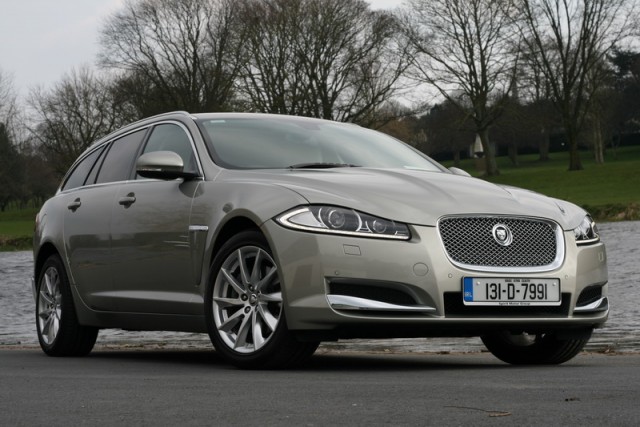Published on April 29, 2013
Jaguar XF Sportbrake review
Still think estate cars are dull? Take a look at the elegant new Jaguar XF Sportbrake.

Shane O' Donoghue
@Shane_O_D
@Shane_O_D































